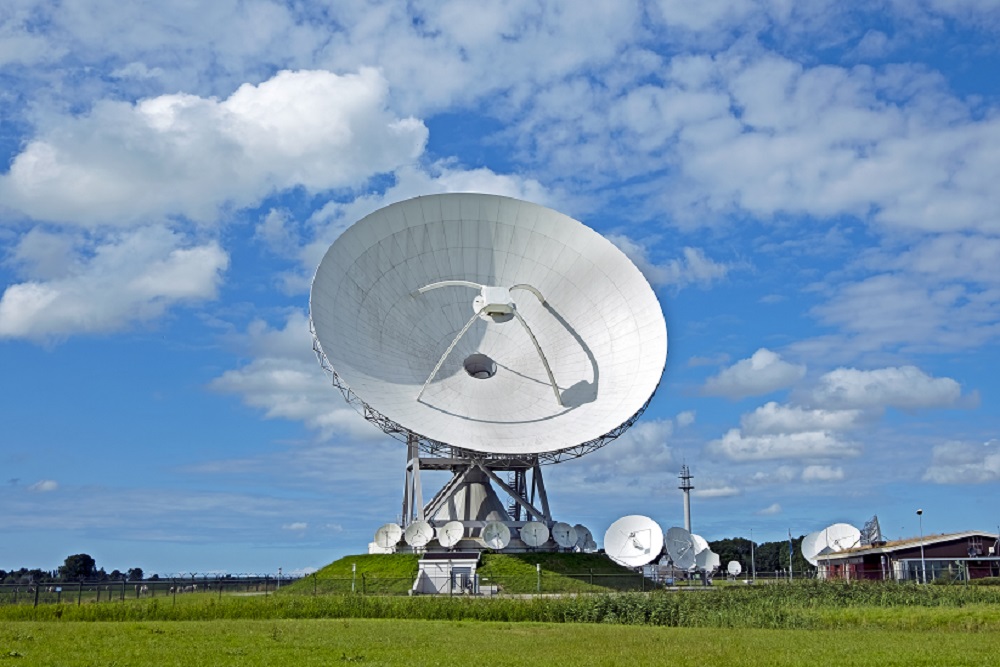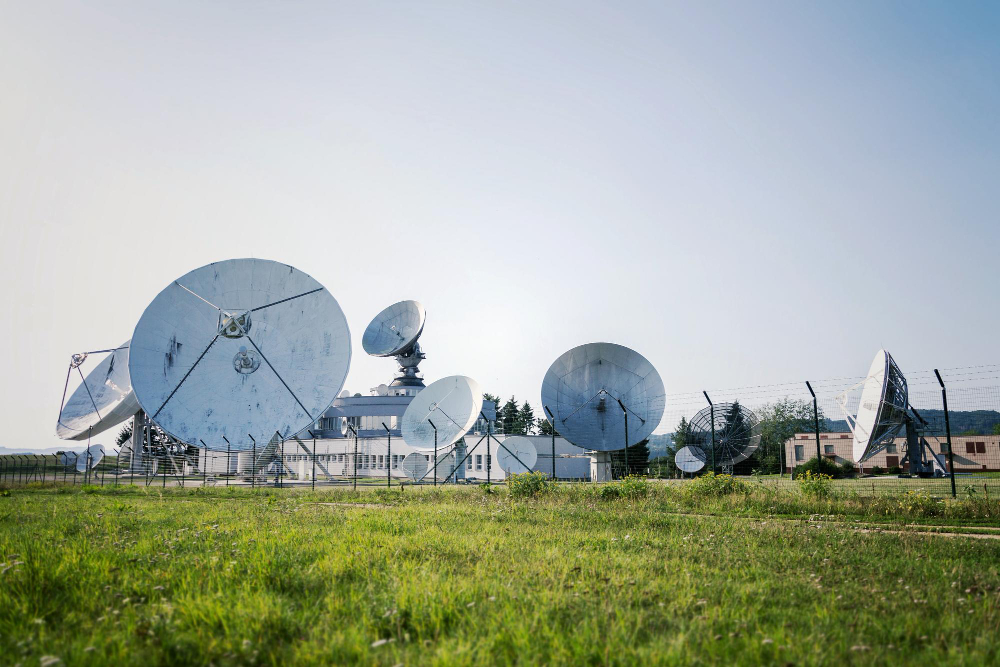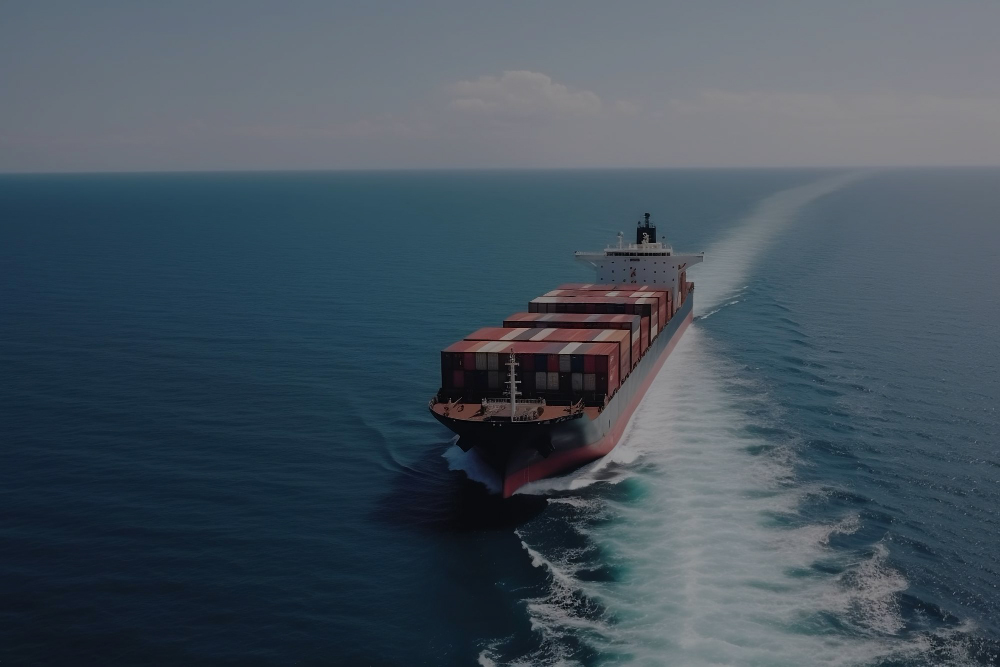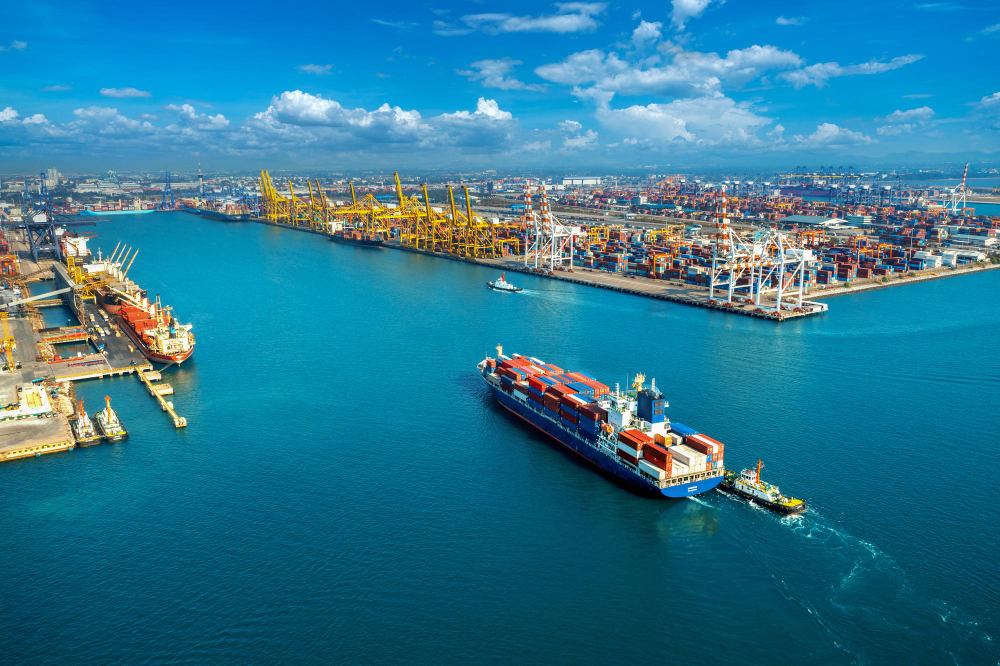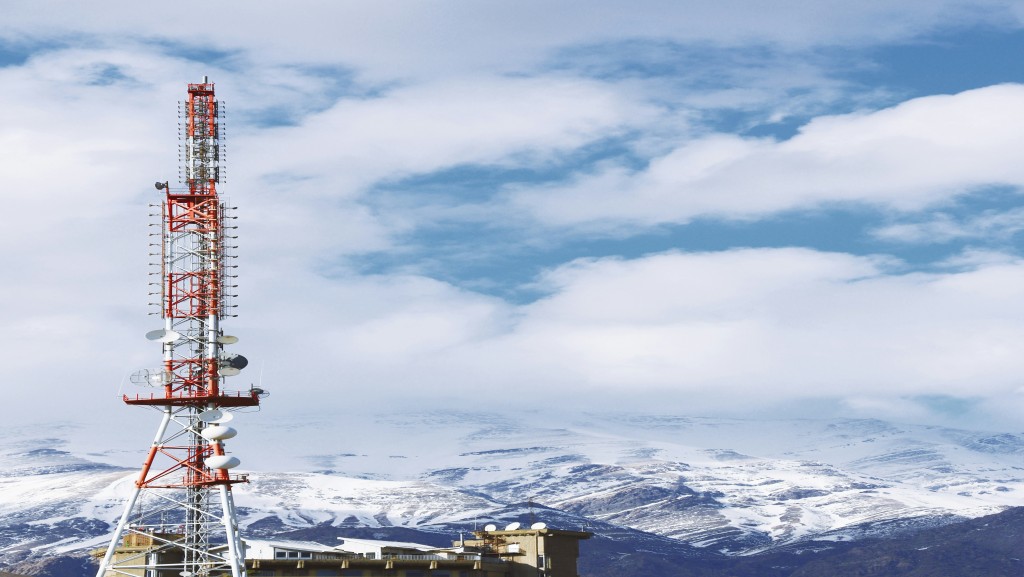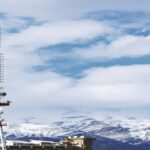Satellite technological advancements have transcended distance and time, allowing us to communicate seamlessly through satellites orbiting the Earth. Although many people can communicate effortlessly in remote locations and different time zones, it’s easy to overlook the challenges faced by companies to maintain their ground stations which is a vital component in sustaining connectivity.
Harsh weather conditions are one of the top concerns that satellite telecommunication companies with teleports have to deal with. Every year precipitation and strong winds wreak havoc on satellite ground stations. With two teleports in Germany and Malaysia, Northtelecom has implemented several measures to prevent outages from diverse harsh weather and climatic conditions. In this article, we will explore how our engineers and technicians at Northtelecom handle different weather conditions to maintain daily operations in our teleports and avoid power and internet outages altogether.
How Do Extreme Temperatures Affect Satellite Ground Stations?
Both our teleport stations in South-West Germany and Malaysia often face extreme temperature changes. During the extremely cold German winters temperatures often plummet to freezing levels and this significantly impacts the delicate electronics and mechanical components of our satellite ground station. On the other hand, the recent summers in Germany have seen temperatures rise to the high 40s. Both the extreme heat and cold usually affect how hardware such as antennas, receivers, and other critical equipment work, leading to low signals or even completely obstructing signal transmissions.
To mitigate the adverse effects of extreme cold, our engineers use our state of the art weather station to monitor low winter temperatures and activate insulation measures, heating systems, and temperature-controlled environments. Additionally, we have also installed shelters next to the antennas for storing important equipment and accessories such as amplifiers. These shelters have regulated heating and cooling systems that protect the equipment and accessories from the cold weather during winter and scorching heat during summer.
Precipitation Accumulation and Buildup on Teleport Equipment
As much as snowfall transforms landscapes into magical winter wonderlands, it seriously threatens satellite ground stations. The accumulation of snow on antennas and other physical equipment tends to disrupt signal reception and transmission. We have invested in specialized equipment to combat snow accumulation and ensure that our station in Germany remains operational despite the challenges posed by winter precipitation. Apart from tracking snow precipitation patterns on our weather station, we also use state of the art heating systems that emit up to 30,000kw energy per antenna and separate heating systems for their mounting feet.
Apart from snow, ice tends to form around antennas, cables, and moving parts, impeding the smooth functioning of a ground station. Like snow, the build-up of ice on ground station equipment usually has negative impacts, causing the antenna to lose track of the satellite and ultimately cause signal loss. Our ground station usually combines de-icing solutions and precipitation monitoring technology and heating systems to prevent ice accumulation on hardware and maintain the equipment’s structural integrity.
Winter storms tend to be accompanied by strong winds and heavy snowfall. Our Germany station in particular has had to withstand wind bursts that move at 165km/hr. Without proper securing systems, these can move antennas and satellite dishes at the station, interfering with signal transmission in the process. Furthermore, such storms and windy weather conditions are notorious for causing power outages. This is why we use strong securing methods and foundations to fix our antennas and ensure they remain sturdy regardless of the strong winds.

We have also installed a global security system with artificial intelligence detection and monitoring capabilities to track movement of inanimate and animate objects. Besides identifying our own personnel who access our ground station and monitoring activities around the teleport, our global security system helps us to identify any dangerous movements around the station and take necessary action.
During the monsoon season in Malaysia, we usually receive more rainfall than usual. This poses challenges in signal transmissions, ultimately causing internet outages. To avoid this we have installed the Automatic Uplink Power Control (AUPC) mechanism. This adjusts the strength of uplink signals and controls the modem output power in order to compensate for the uplink attenuation and ensure a constant power level regardless of the rain.
Internet and Power Outages During Harsh Weather Conditions
Since our satellite ground stations depend heavily on stable and uninterrupted power supply to operate efficiently we have set up several redundant systems in place. Additionally, both our teleports in Germany and Malaysia have robust power backup systems that run concurrently and high powered diesel generators and uninterruptible power supplies (UPS). All these mitigation measures have helped us to efficiently run our ground stations regardless of the weather conditions and enabled us to maintain a zero internet and power outage record since 2017.
Most ground stations are situated in remote locations with limited communication and connection infrastructure. This creates a considerable challenge, especially during harsh winter conditions, exacerbating communication constraints. Engineers and ground station technicians need help communicating and coordinating maintenance activities. Northtelecom has set up redundant links that run simultaneously and ensure that signals and data are transmitted all the time, bad weather notwithstanding. In addition, our NOC monitoring systems and experts work 24/7 to detect any suspicious activity and counter it before it escalates. These measures have enabled us to maintain reliable communication and overcome any hurdles during unbearable weather conditions.
Ground Station Equipment Wear and Tear
Whether in Malaysia’s tropical and rainy climate or Germany’s harsh winters, constant exposure to harsh weather conditions adversely affects ground station equipment and accelerates wear and tear. This can result in increased maintenance requirements and costs of teleports. However, regular inspections, preventive maintenance, and timely repairs can counter such effects and extend the lifespan of the ground station infrastructure, ensuring durable, optimal performance.
Conclusion
Maintaining a satellite ground station during harsh weather conditions is a complex and demanding task that requires strategic planning, technological solutions, and the dedication of skilled professionals. The advancement of satellite communications for an ever-expanding range of applications makes building and maintaining resilient ground stations that can withstand all types of weather imperative. Fortunately, Northtelecom has mastered a combination of innovative solutions to maintaining its satellite ground stations during harsh weather conditions. Our proactive approach in monitoring weather conditions and our teleports has helped us to avoid outages and ensure our customers stay connected at all times.

